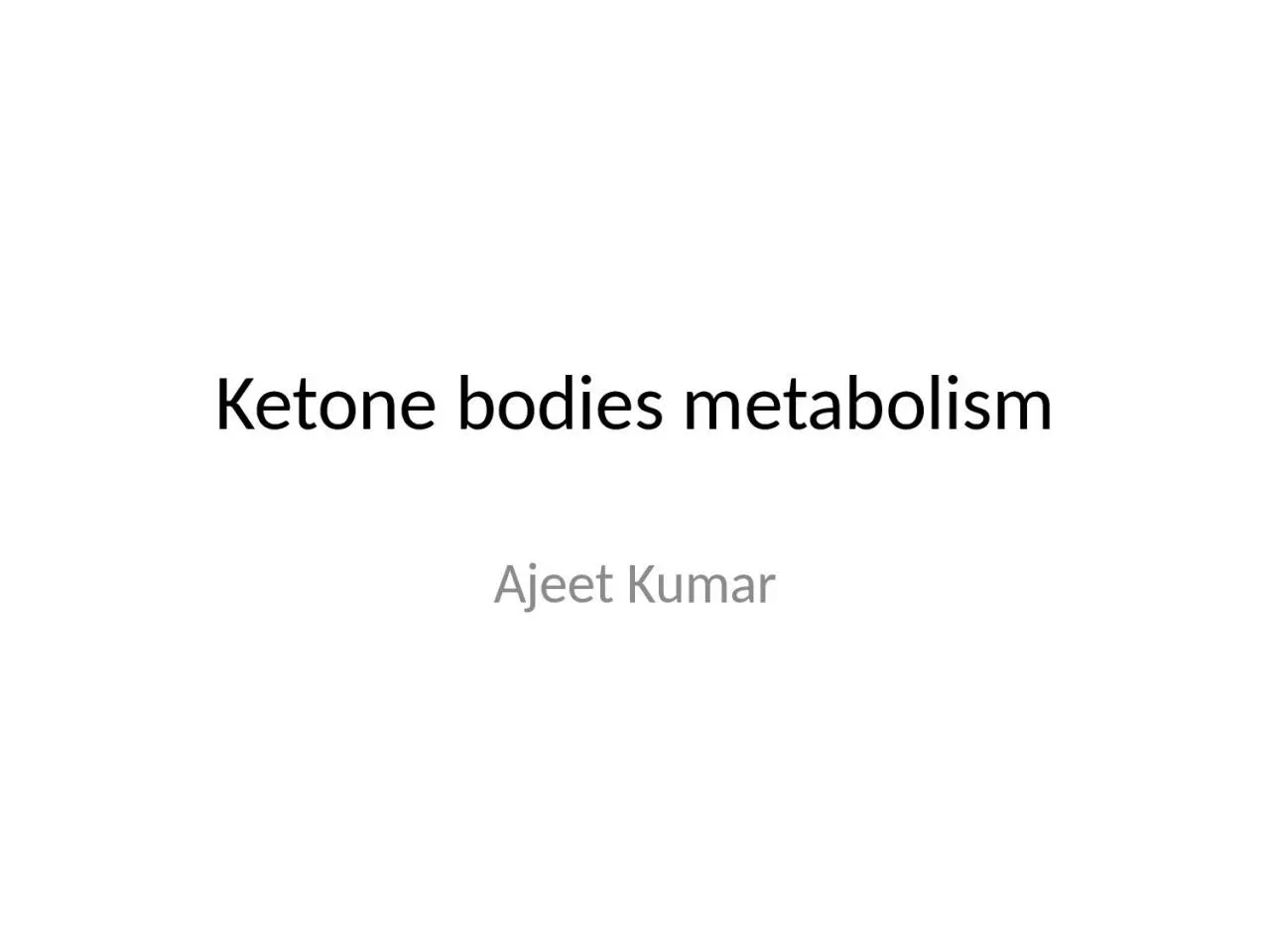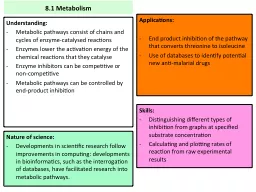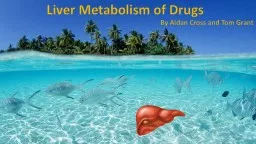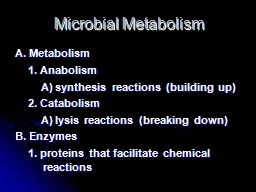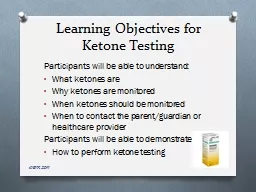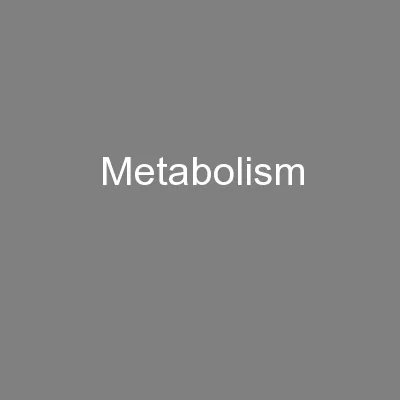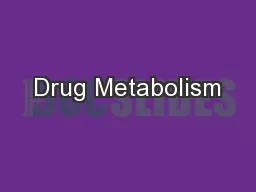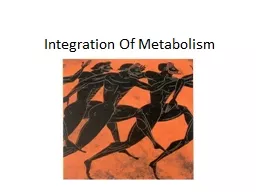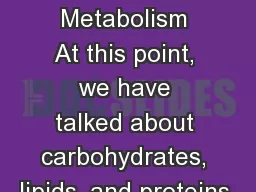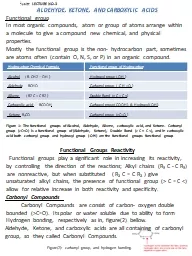PPT-Ketone bodies metabolism
Author : okelly | Published Date : 2022-06-15
Ajeet Kumar The entry of acetyl CoA into the citric acid cycle depends on the availability of oxaloacetate The concentration of oxaloacetate is lowered if carbohydrate
Presentation Embed Code
Download Presentation
Download Presentation The PPT/PDF document "Ketone bodies metabolism" is the property of its rightful owner. Permission is granted to download and print the materials on this website for personal, non-commercial use only, and to display it on your personal computer provided you do not modify the materials and that you retain all copyright notices contained in the materials. By downloading content from our website, you accept the terms of this agreement.
Ketone bodies metabolism: Transcript
Download Rules Of Document
"Ketone bodies metabolism"The content belongs to its owner. You may download and print it for personal use, without modification, and keep all copyright notices. By downloading, you agree to these terms.
Related Documents

